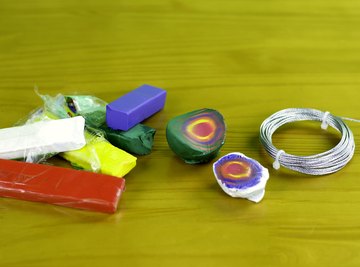
Animal and plant cells are similar in many ways, but have distinctive differences as well. For example, a plant cell has a sturdy cell wall cover, while an animal cell has only a thin, malleable cell membrane. If you are giving a report on the differences between animal and plant cells, you can demonstrate these differences much more clearly by making 3D models of an animal and a plant cell.
Animal Cell

Roll a pea-sized piece of red polymer clay into a sphere. This will be the animal cell's nucleolus.
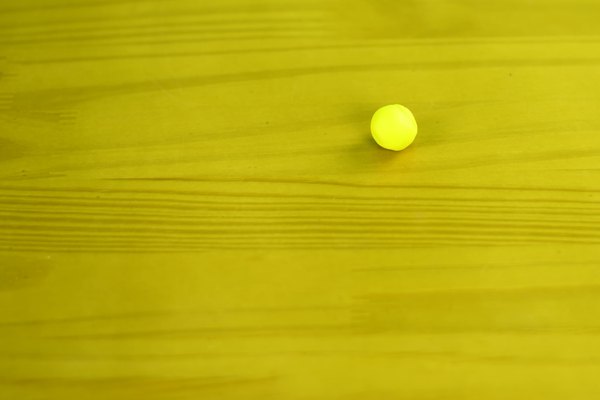
Wrap enough yellow polymer clay around the nucleolus until it has a 1/2 inch layer surrounding it. This will be the animal cell's nucleus.
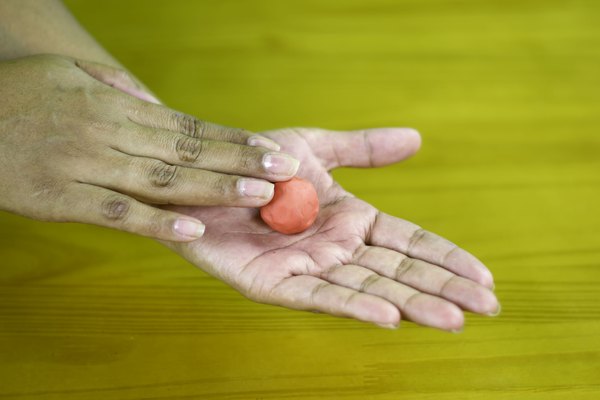
Cover the nucleus with a 1-inch layer of orange polymer clay. This will be the animal cell's cytoplasm.
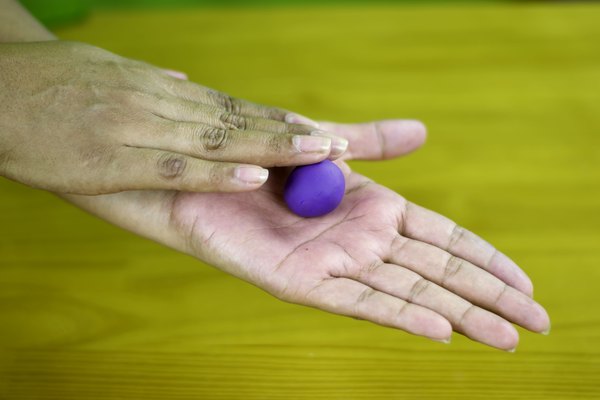
Place three pea-sized pieces of purple clay around the cytoplasm. These will be the golgi bodies of the animal cell.
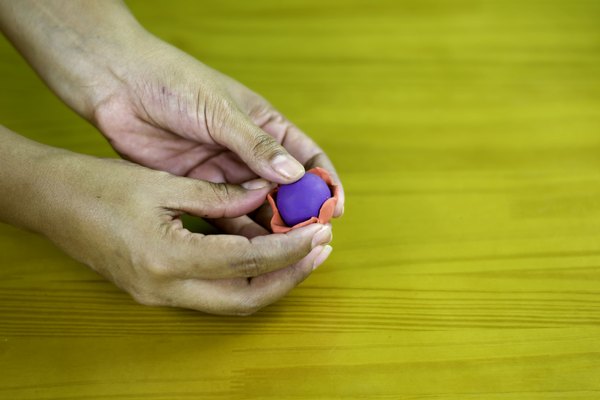
Cover the cell with another 1/2-inch layer of orange polymer cytoplasm.
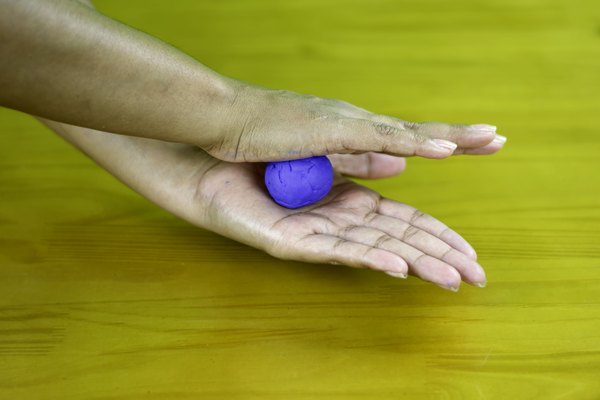
Place a 1/2-inch piece of blue polymer clay onto the cytoplasm. This will be the animal cell's vacuole.
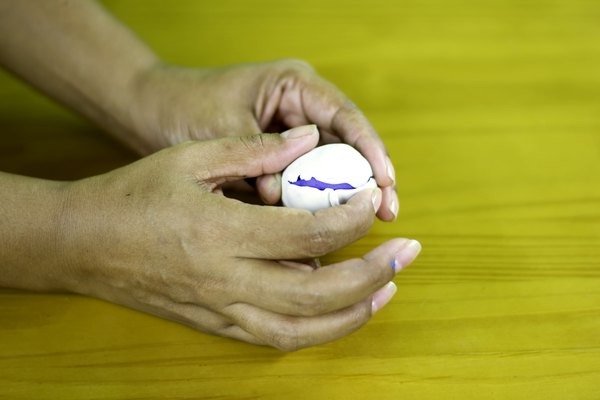
Cover the entire cell with a thin 1/4-inch layer of white polymer clay. This will be the cell membrane.
Plant Cell
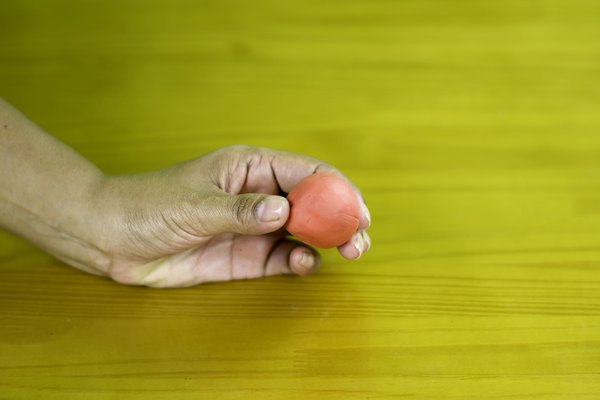
Repeat steps 1 through 5 of making an animal cell.

Place five to six pea-sized pieces of green polymer clay onto the cytoplasm. These will be the chlorophyll of the plant cell.
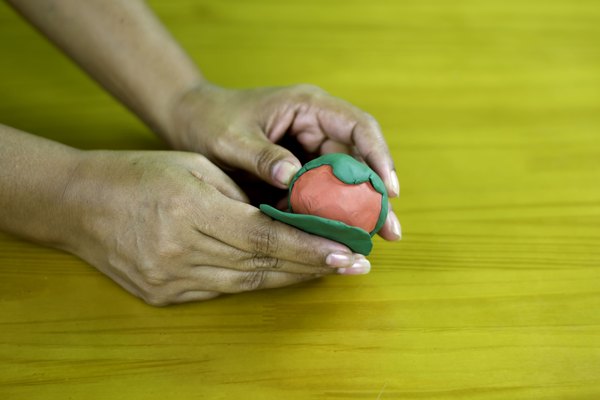
Cover the nucleus with another 1/2-inch layer of orange polymer clay. This will be more of the plant cell's cytoplasm.

Cover the cell with a 1/2-inch thick layer of green polymer clay. Press the cell into a cube. This will be the cell wall of the plant cell.
Baking the Cells
- Polymer clay
- Clay wire
- Jelly roll pan
- Oven
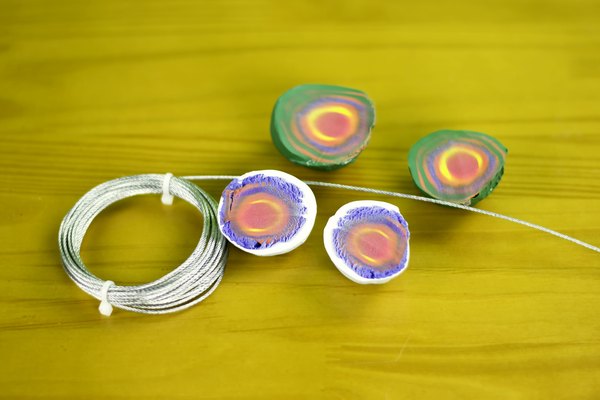
Slice through the middle of both cell models using a clay wire. This will open up the cells to reveal the inner organelles.
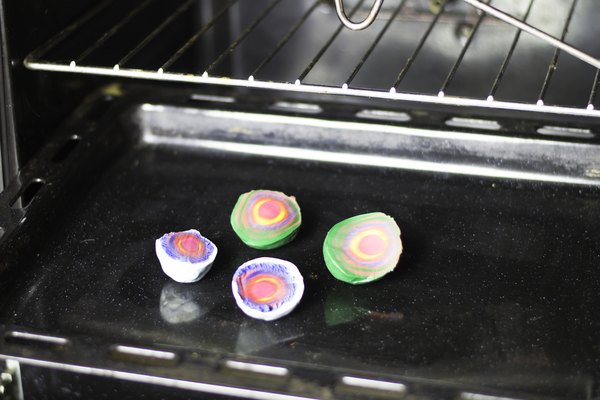
Place the pieces onto a jelly roll tray, and bake it in a 200 degrees F oven for 15 minutes.
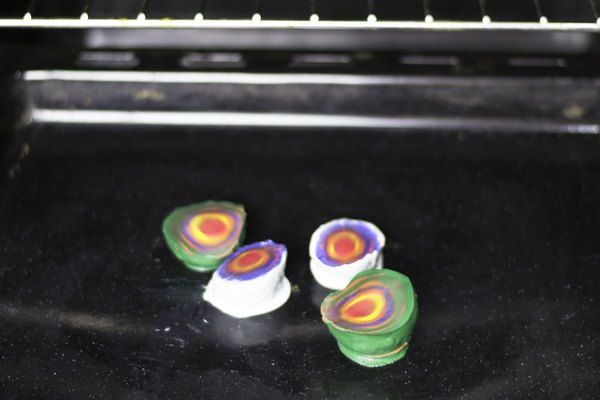
Allow the clay to cool completely before displaying the models.
Things You'll Need
References
Photo Credits
Robinson Cartagena Lopez - RoCarLo/Demand Media
